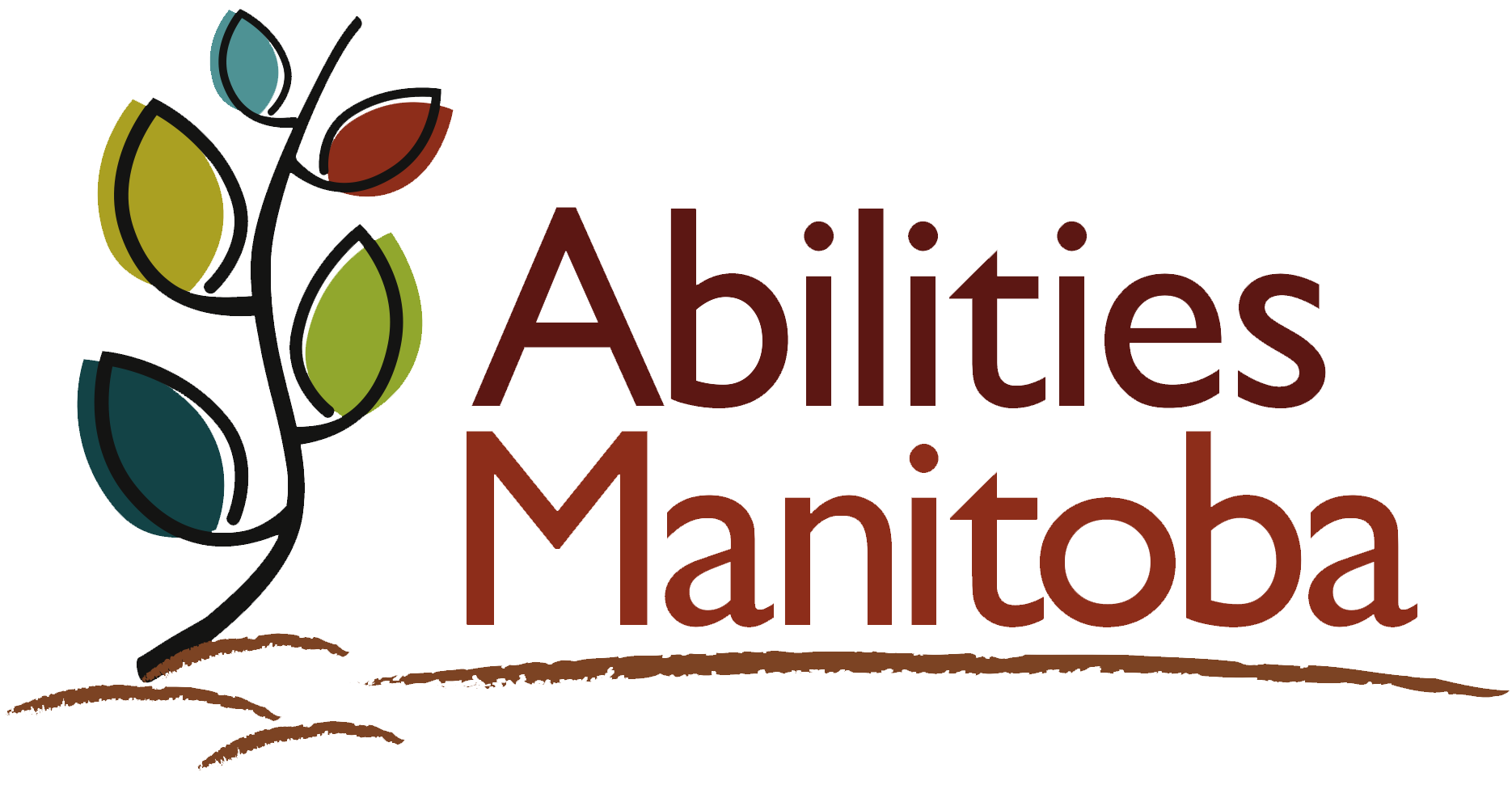Documents authored by Abilities Manitoba are available in alternative formats. For other shared documents and resources, please contact the original author. If you require any assistance please contact us and we will do our best to accommodate you.
You can contact us at admin@abilitiesmanitoba.org or 431-688-6108.
Leading Practice Guidelines
Behaviour Support Plans
Type: Wellbeing
Guideline: When people require additional support related to behaviour that is unsafe or impacts their quality of life, the organization utilizes behaviour support plan as a positive, collaborative planning process that involves the person, their family/support network and staff who support them. This process includes an assessment and analysis of potential causes for behaviour (medical, psychiatric, environmental) along with an understanding of the function of the behaviour in the person’s life.
What does this look like?
The organization has a formal, consistent process that guides the development and implementation of a Behaviour Support Plan (BSP) as needed by the person served. This process should include:
- A BSP is linked and integrated with the person’s support plan.
- BSPs emphasize the development of positive behaviours and skill development that are likely to lead to the person’s desired outcomes and lifestyle.
- Medical, environmental, or psychiatric causes for the behaviour are ruled out prior to implementing a BSP. Additional factors such as past traumatic events and possible history of abuse are considered.
- Given the frequency that negative behaviour results from frustration surrounding communication, behaviour support should include a focus on how the person communicates and what supports they may need to enhance their ability to express their needs and wishes.
- All BSPs are preceded by a thorough review of the behaviour such as a functional analysis of the behaviour (what purpose does the behaviour serve for the person, what they are trying to communicate). This should explore a clear description of the targeted behaviour, the circumstances and environment where it typically happens, what happens before, during and after and identifies an alternative positive behaviour or skill that would serve a similar function or purposes for the person. The assessment should also explore the ways in which the behaviour of concern interferes with the person’s performance, participation, and progress towards their desired outcome and lifestyle.
- A BSP clearly shares strategies on how to support the development of the alternative positive behaviour or skill as well as how those around the person will respond should the targeted behaviour occur. Where triggers or cues for the behaviour are known, the BSP includes strategies to reduce the frequency or likelihood of these occurring.
- The BSP should focus on quality of life activities such as such as participation in pleasurable activities, opportunities for choice, building meaningful relationships, and inclusion in community activities.
- If the targeted behaviour includes high risk or unsafe behaviours, a Safety Plan may be required. This Safety Plan addresses how to de-escalate the dangerous behaviours while reducing risk of harm to the person and those around him. The plan may need to include a restrictive practice, so safeguards around its approval and review must be built in, and it can never stand alone as a means of controlling the person; it must be a in partnership with a positive BSP. If necessary, a temporary Safety
- Plan may be implemented while a BSP and functional behavioural assessment is being completed.
- There is a process for these strategies to be monitored and evaluated so that there can be an objective analysis of whether the BSP is achieving desired outcomes. The BSP should outline what success will look like in advance so that the plan can be evaluated against these outcomes. As guided by the person, these may include such things as: reduced need for crisis support, improved quality of life outcomes (be as specific as possible), decreased use of targeted behaviour and increased use of the positive alternative behaviour or skill.
- While a professional behavioural consultant may be involved in developing the plan, it needs be a collaborative plan that also includes the person, their family, staff and support network. Strategies and methods used in BSPs will be explained to the person.
- The BSP should identify additional training or competencies staff supporting the person should have in order to successfully implement the strategies or to maintain safety.
Staff are trained to understand, implement and participate in the evaluation of BSPs for the people they serve.
Where a person is served by more than one organization, the two service providers will collaborate and share information (as guided by the person) to ensure that a consistent, respectful and safe approach is utilized by all services.
How would you know this is happening? (Evidence)
What you see in systems:
- BSPs are in place for people who require that level of support. They are respectful, positive and collaborative.
- Training content includes understanding of behaviour, purpose and scope of BSPs and positive behaviour support.
What you see in actions:
- Staff are confident and competent in understanding behaviour and utilize positive strategies for supporting people. They have access to and understand the unique BSPs for people they directly support.
- People served and their family/support networks are aware of and involved in the development of their behaviour support plans.
Resources to support achieving guideline:
- Community Living BC’s (CLBC) Behaviour Support and Safety Planning – A Guide for Service providers, Revised November 2016 (PDF 920KB)
- Sample behavior support plan – [To be added soon]
- Risk Assessment – Surrey Place
